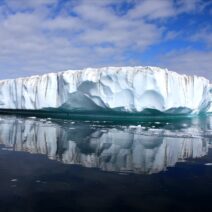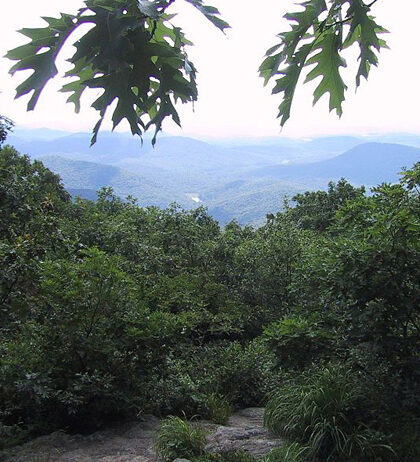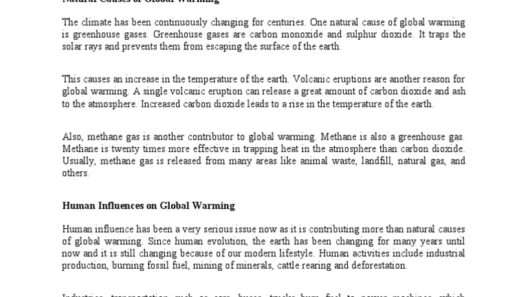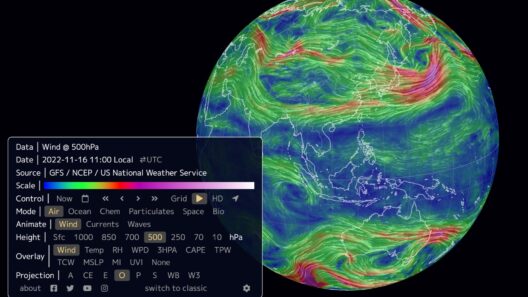The Permian Extinction, which unfolded approximately 252 million years ago, is often referred to as the Great Dying. This cataclysmic event obliterated nearly 90% of marine species and 70% of terrestrial vertebrate life, leading to profound shifts in Earth’s biodiversity. It serves as a chilling reminder of the fragility of life on Earth and offers invaluable lessons for contemporary society. As we grapple with anthropogenic climate change, understanding the dynamics of past warming events, particularly during the Permian and their aftermath, enhances our appreciation of our current ecological trajectory and elucidates the urgent need for action.
To grasp the significance of the Permian Extinction, one must comprehend the climatic conditions that prevailed during the period leading up to this extinction event. Initially, the Earth experienced a remarkably warm climate, a stark contrast to today’s conditions. Vast expanses of lush forests proliferated across the continents, teeming with diverse flora and fauna. These biomes were primarily supported by extensive seaways and a stable climate.
However, around 300 million years ago, the Earth entered a period of pronounced volcanic activity associated with the formation of the supercontinent Pangaea. The massive eruptions spewed vast quantities of volcanic gases, predominantly carbon dioxide and sulfur dioxide, into the atmosphere. This dramatic increase in greenhouse gases instigated a runaway greenhouse effect, leading to rising global temperatures and altered precipitation patterns.
The resultant ecological disruption was unprecedented. Marine ecosystems, primarily in a state of equilibrium, became unsustainable faced with warming oceans and oxygen-depleted waters. Coral reefs, the intricate ecosystems that provide habitat for myriad marine species, began to die off en masse, precipitating the collapse of marine biodiversity. Terrestrial organisms faced similar challenges; invasive species flourished while native species struggled to adapt to rapidly changing conditions.
As the disastrous toll on biodiversity escalated, the ramifications of such extinctions became evident. The interconnectedness of ecosystems amplified, creating a cascading effect through the food chain. Apex predators vanished, leading to unchecked population growth among herbivores, which, in turn, devastated plant life. The end of the Permian marked a watershed moment; life on Earth entered a phase of gradual recovery that would last millions of years.
Fast forward to today, the present predicament starkly mirrors the past. Climate change, primarily driven by human activity, is inducing a swift rise in temperatures reminiscent of those epochs long gone. The burning of fossil fuels, deforestation, and industrial practices has rapidly increased atmospheric concentrations of greenhouse gases. Consequently, the world is witnessing alarming phenomena: severe weather events, unprecedented wildfires, and the accelerated loss of biodiversity.
The lessons from the Permian Extinction illuminate crucial insights regarding resilience and recovery. Ecosystems are incredibly adaptive, yet they also possess limits. While species may evolve to cope with gradual changes in their environment, abrupt shifts trigger catastrophic failures. The rate of current climate change is starkly accelerated compared to historical variations, inhibiting many species from adapting quickly enough to survive.
Moreover, the Permian offers a poignant illustration of the intricate symbiosis that characterizes ecosystems. Disrupting one component—be it through extinction or habitat degradation—can have far-reaching consequences that extend well beyond the immediate vicinity. This interconnectedness underlines the crucial need for comprehensive environmental stewardship. Every action taken—or neglected—today reverberates through the fabric of life on Earth.
Understanding past warming events also prompts a reevaluation of perceptions surrounding “natural” climate cycles. Earth has undergone countless oscillations between glacial and interglacial periods. However, the current trajectory diverges sharply; while previous warming events were often followed by periods of ecological recovery, today’s human-induced changes are accelerating extinction rates at an alarming pace. The Anthropocene, characterized by the significant impacts of human activity on geological and ecological processes, is a sobering reminder that the mantle of stewardship has been bestowed upon humanity.
From the ashes of extinction during the Permian emerged new avenues for evolutionary innovation. Life, though diminished, found means to adapt and thrive anew. This underscores a critical duality in the narrative of extinction; while the loss is profound and often irreversible, the potential for regeneration remains a beacon of hope. This idea extends beyond mere survival; it implies an opportunity for transformation—an invitation to rethink our relationship with the planet.
Incorporating the lessons of the Permian Extinction into modern environmental policies can inspire innovative solutions to combat climate change. Transitioning from fossil fuels to renewable energy, advocating for biodiversity conservation, and comprehensively addressing food systems are pivotal strategies. Governments, businesses, and individuals are facing a collective challenge—one that necessitates collaboration and a shared vision for a sustainable future.
Ultimately, the narrative of the Permian Extinction reminds us of our dual responsibility: to acknowledge past mistakes and foster resilience in the face of present challenges. It serves as a reminder that the choices made today shape the future of countless generations. The echoes of Earth’s past offer guidance and motivation for us to act decisively, fostering a deeper understanding of our place within the intricate tapestry of life. Only by heeding the lessons from the Great Dying can we hope to avert a tragedy of similar magnitude in our own era.







